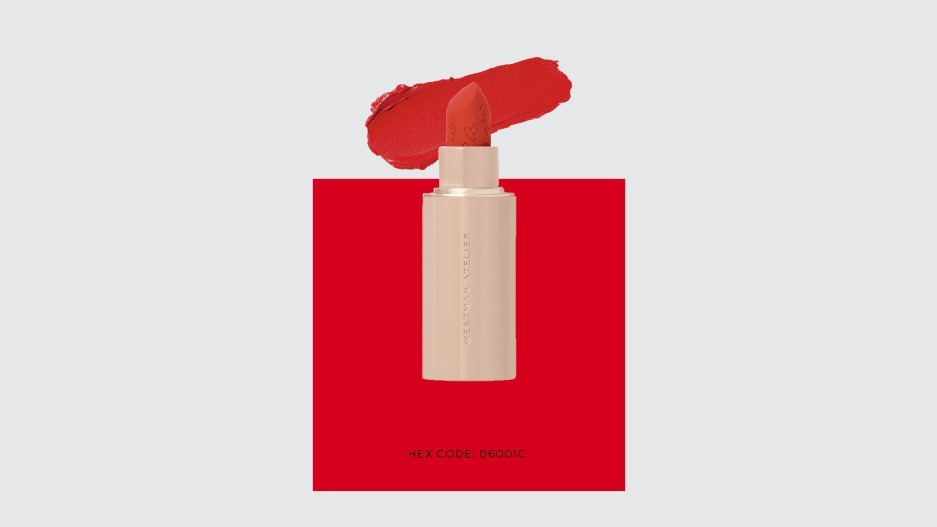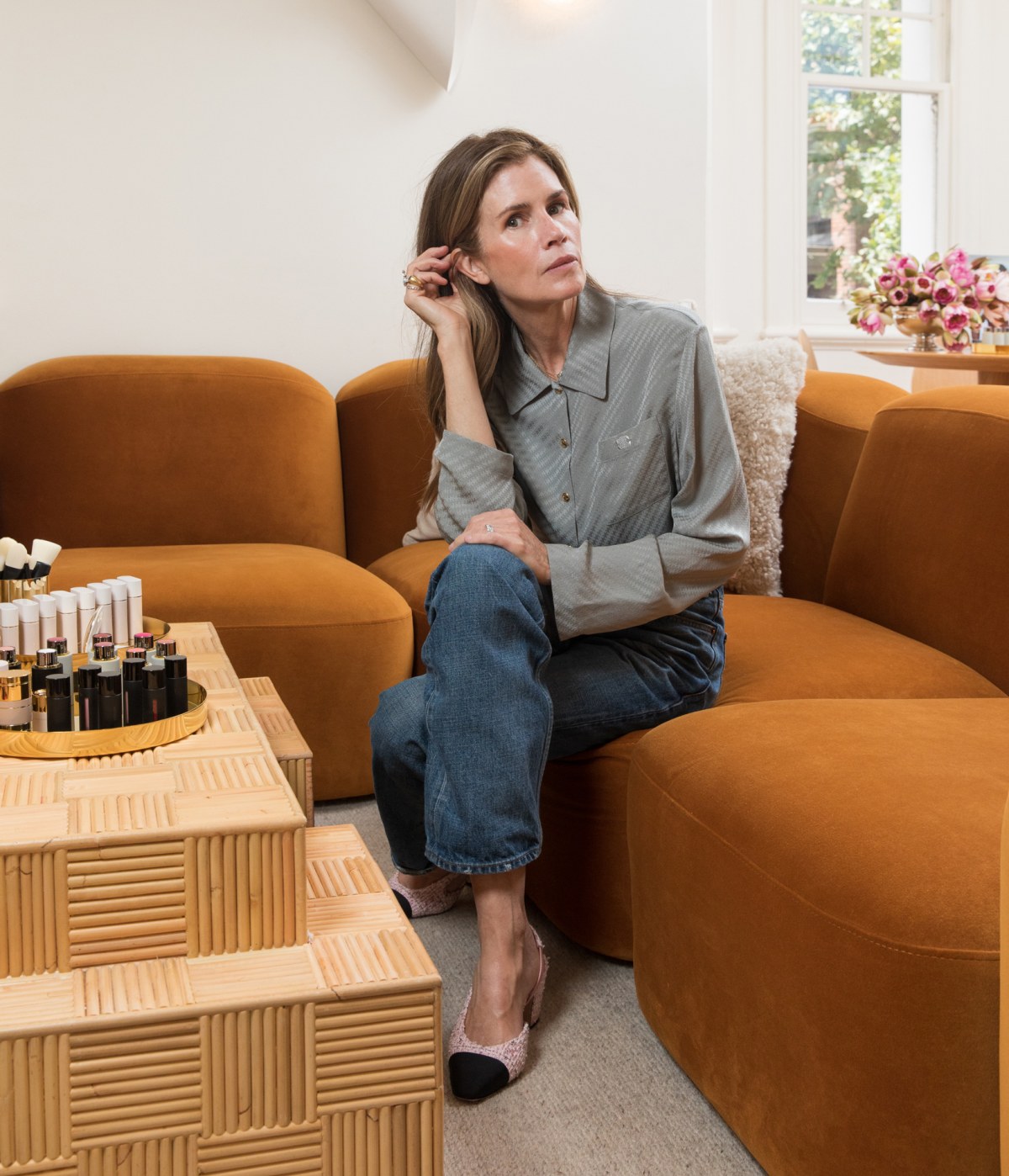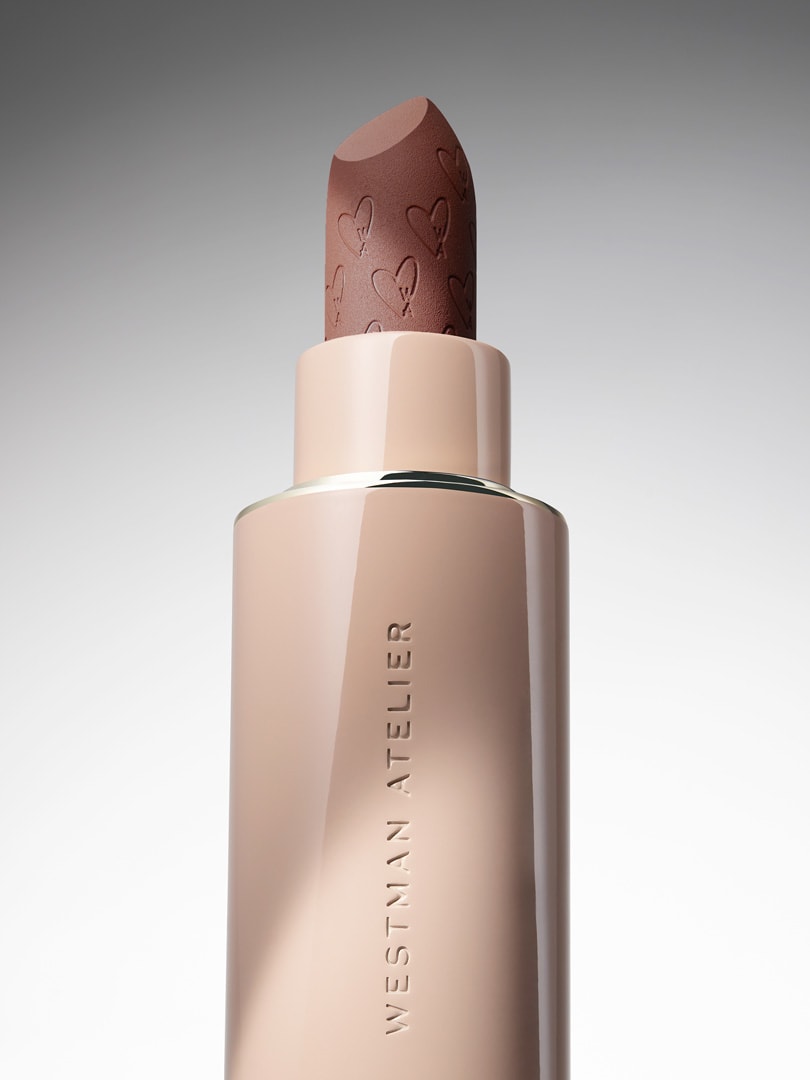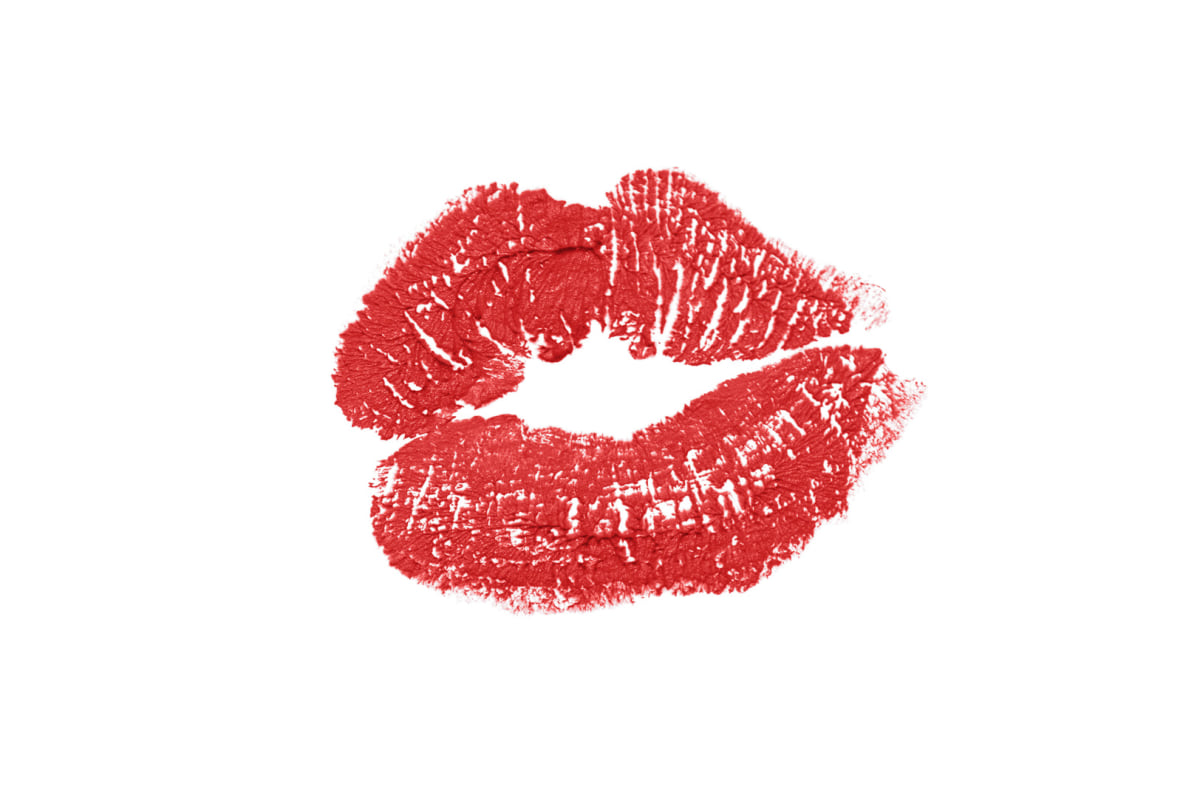- | 4:00 pm
Why we’re willing to spend more on beauty products than ever before
Brands such as Westman Atelier are a case study on why consumers are increasingly willing to splurge on makeup.

If you scroll through the tagged photos tab of the Westman Atelier Instagram account, you’ll find a crop of selfies taken by women wearing the brand’s $68 complexion products, $48 blush sticks, and newly launched $50 lipsticks. Interspersed throughout, though, are photos of a different kind. In those, lipsticks and shiny lip compacts from the brand are artfully placed on vanities, bathroom shelves, or on top of rumpled bed sheets bathed in sunlight. The same scenes unfold in the tagged photos tab of Fara Homidi beauty, whose weighty blue $85 lip compacts and accompanying $300 pouches have become a coveted status symbol.
The expensive end of the beauty sector is growing, and now, high net-worth and middle-class consumers are more willing than ever to spend big bucks on cosmetics. Though Chanel, Dior, and other high-end cosmetics brands spun out of fashion houses have been around for decades, there’s now a newer crop of entrants, started by makeup artists with tremendous followings, claiming a significant share of the premium market. Six-year-old Westman Atelier, founded by legendary makeup artist and former Revlon and Lancome artistic director Gucci Westman, and one-year-old Fara Homidi are just two of the cosmetics brands that have used their namesake’s credibility combined with smart marketing to attract customers away from the legacy lines.
Westman Atelier, in particular, is a case study in how upstart luxury brands have been able to succeed in a relatively short amount of time. The company has seen 100% year-on-year growth every year since it launched, with one of its makeup sticks sold every minute. Privately funded before taking on almost $22 million from Prelude Growth Partners and G9 Ventures in July 2022, Westman Atelier has centered its marketing around its founder and her experience as an editorial makeup artist. It promotes a clean-beauty mission, from the 1,400 chemicals on its “no list” of ingredients to its refills and recycling programs. And its eco-safe packaging is so well designed, its products look like fashion accessories.
AFFORDABLE LUXURY
Not only is the new luxury cosmetics market growing fast, but it’s also surprisingly resilient. A recent McKinsey report found that by 2027, the global beauty industry will record more than $580 billion in retail sales, growing 6% per year. The report also found that luxury beauty could grow from around $20 billion today to approximately $40 billion by 2027. In 2022, L’Oréal’s luxury division—which includes Giorgio Armani and Valentino—drove nearly 40% of its business, making it the largest sales driver at the company.

According to Charlotte Palermino, cofounder and CEO of the skincare brand Dieux, the beauty sector also has a low barrier to entry. “The margins are great without much differentiation in product,” she says. “Your highest cost is going to be your marketing, so if you have a way to keep those [costs of goods] low—like having someone with a following for built-in marketing—you’re actually in a good place to turn a profit.”
As with most consumer goods, luxury cosmetics have gotten more expensive (Chanel hiked its prices by 16% across the board in September 2023) while maintaining an accessible level of opulence. Though for many buyers, a Chanel jacket or dress—which cost thousands of dollars—might be out of reach, but a lipstick from the brand, priced between $42 and $100, might feel like an affordable splurge.
“A luxury handbag costs something like $5,000,” says David Neville, Westman Atelier CEO (and Gucci Westman’s husband). “A handbag from a mass brand costs 50 bucks. In the beauty industry, that’s way more compressed. A luxury blush is $48 and an affordable one could be $18. It’s not so disparate that it isn’t achievable.”
To lure younger, less affluent customers, Westman Atelier pursues a strategy of stocking mini versions of its bestsellers near checkout tills at Sephora, where it’s been sold since 2021. Neville says that producing minis has been a great customer acquisition strategy—and if buyers love the product, they may spring for the full-size version. Market research firm Circana found that sales of minis grew by 16% in the past year in the United States. “Many shoppers are willing to pay for small prestige items over full-size items from other brands,” Neville adds.
PLEASING PACKAGING
As a selling point, the prestige skincare and makeup sector traditionally claimed that it was made with better and more efficacious ingredients than drugstore alternatives. Now though, many lower-priced options offer similar propositions, and customers are more educated than ever about ingredients—plus, a steady churn of content from online creators has given them a roster of dupes to draw from. Even a focus on clean beauty like Westman Atelier’s isn’t quite the differentiator it once was as clean beauty becomes table stakes for many brands.

Neville says that the brand “can’t be too product-first anymore” to get ahead of the competition, but paying special attention to the packaging and marketing of a product can convert customers. That’s why the meticulous focus on such luxurious packaging has set up Westman Atelier for success in people’s selfies. In these photos, the beauty product doubles as a decorative item rather than just makeup. Packaging that can surprise and delight—like the handy mirror in the cap of the new lipstick bullet case—can make all the difference.
Unlike Chanel or the recently launched Prada Beauty, Westman Atelier—and other makeup artist-founded companies, including Fara Homidi and Pat McGrath—have a prominent expert founder, who can educate their customers and give the brand a personality. In the past, few makeup artists with the exception of Kevyn Aucoin and Bobbi Brown were well-known enough outside of the editorial world. But thanks to Instagram, the makeup artists behind people’s favorite glossy magazine covers, red carpet looks, and on-screen glam have name recognition and the capacity to show consumers how to recreate looks for themselves. That’s why Westman herself has been at the center of Westman Atelier’s marketing efforts.
“Gucci’s really the X-factor,” Neville says. “The days of spending gazillions of dollars on advertising and magazines and billboards have gone. Now we can compete on packaging. I think we can compete on brand. We can win on social media content and communication.”
When Westman showcases on social media the products she uses on clients Gwyneth Paltrow and Anne Hathaway, for example, the company sees sales increase. Because of this strategy, the company hasn’t had to pay influencers to market its products—though Westman notes that after mega-influencer Mikayla Nogueira was sent some Westman Atelier products to try out in front of her 15.4 million followers, the company saw a big bump in sales at Sephora.
As they expand into more stores, newer luxury brands can face the challenge of keeping their momentum going and growing sales while maintaining an exclusive feel. Westman Atelier’s strategy of focusing on skincare products that won’t get old (having a clear, velvety complexion never goes out of style) has benefitted the company as it hasn’t been beholden to trends like neon eyeshadows or baking and contouring. Luxe branding and a curated selection of timeless items can always help a brand stand out.
Westman notes that unlike some other brands at Sephora, customers often purchase all their makeup at Westman Atelier instead of picking and choosing among brands. Fara Homidi, which launched with just four SKUs of a lip palette, earned enough customer trust to hook them on the brand in the long anticipation of its next complexion product. And despite not being available to test in person in stores, there is already a waitlist to purchase it digitally because of the brand’s reputation.

By adopting omnichannel retail early, but rolling it out slowly—Westman Atelier was first available at specialty retailers including Goop, Violet Grey, and Barney’s before expanding to some Sephora stores in 2021—luxury companies can spread their bets, and rely less on social media marketing to sell items. The Sephora expansion—coming as it did amid vaccines being introduced and shoppers returning to stores—was fortuitous for the company as well.
EXCITING EXITS
However, it’s not all rosy in the luxury sector. Immediately post-pandemic, beauty companies raised $1.6 billion in venture capital and private equity; this year, that figure is closer to $500 million. But if recent exits are anything to go by, running a smaller luxury brand can prove incredibly lucrative. In 2023, L’Oréal bought Aesop for $2.5 billion. Conglomerate Puig purchased a majority stake in perfume-and-cosmetics brand, Byredo, in 2022 for just over $1 billion. For the past couple of months, speculation about a Westman Atelier acquisition has ramped up, though Neville states that the company has no plans to sell in 2024.
The aisles of Sephora are as popular as ever—over the past year or so, the stores have become overrun with teens and tweens armed with knowledge about skincare and makeup from Youtube Shorts and TikTok. Westman says her own daughter is one of them. “A couple of years ago, she would ask us for a Jeffrey Starr palette for Christmas. Now, she and her friends love the Westman Atelier Squeaky Clean Lip Balm or Baby Cheeks Blush,” she says, adding that she’s been giving master classes to some of her daughter’s friends. “Most kids won’t take advice from their moms, but they’ll take advice from someone like me who’s done Taylor Swift’s makeup a bunch of times.”








































